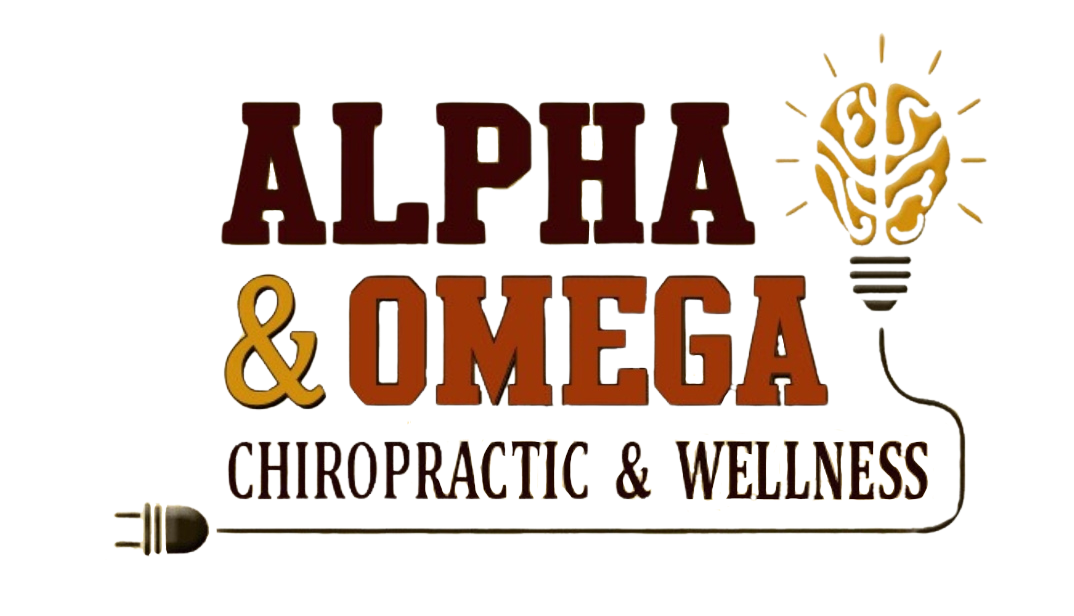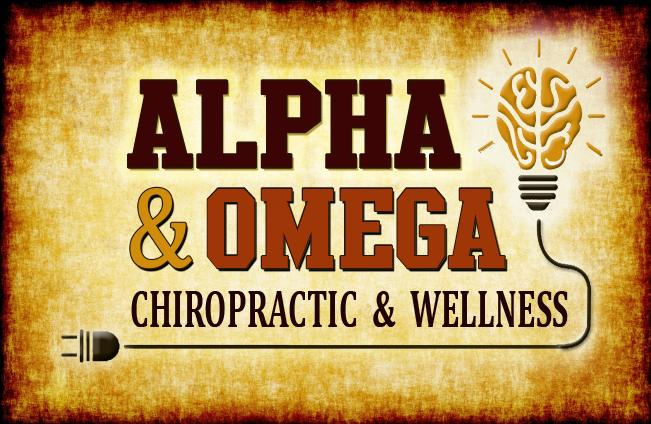Spinal Disease Pt 6
. In the majority of the spine, we look at the disk that resides in between the vertebral bones as the key starting point in spinal disease. The top bone of the spine does not a have a disk, so obviously it has different factors involved. The top bone of the spine is called the atlas. In Greek mythology, atlas was a titan who was sentenced by the gods to hold up the sky. The atlas of the spine, in like fashion, is responsible for holding up the human skull. Obviously, it has an important structural roll, but it also has an even more vital neurological roll. The muscles attached to the upper neck are hard wired into a number of neurological reflexes, called vestibulo-colic reflexes. These reflex pathways work to control posture, balance, and eye movement. This reflex allows you to move while keeping your eyes focused on an object. Think about how valuable that reflex is. When you drive, your body is moving but you still need to be able to focus and read a stationary sign. It allows you to read a page and keep your head still, even though your eyes are moving. And it allows you to keep your eyes level, which sets the stage for proper posture. For obvious reasons, these reflex neurologic mechanisms are incredibly important. I say reflex because you don’t have to think about coordinating the movement of your head, eyes, and posture. However, if the neck, the inner ear, or the eyes are not functioning properly, these reflexes can become dysfunctional. Dysfunction in hardwired neurological reflexes can cause a huge stress on the brain and nervous system. Imaging the simple act of walking. If you had to think about every muscle you used to take a step, simply getting to the car would be exhausting. The same happens when there is dysfunction in these vestibulo-colic reflexes. Symptoms can manifest as headaches, migraines, fatigue, depression, neck pain, back pain, balance issues, car sickness, dizziness, or vertigo. Because of the position of the upper neck vertebrae, it is often an overlooked cause of neurological stress. To make matters worse, it is a difficult area to rehab, because voluntary movement of this area is difficult. So, the first step in evaluating this area is to visualize the position of the atlas and make sure it is positioned properly. Many time trauma of one form or another can create a malposition in this bone, which can affect the rest of the body. Once the bone is positioned properly, various reflex based exercises can be used to re-establish normal reflex function. These exercises mainly involve manipulating head and eye movements to re-establish normal function.

